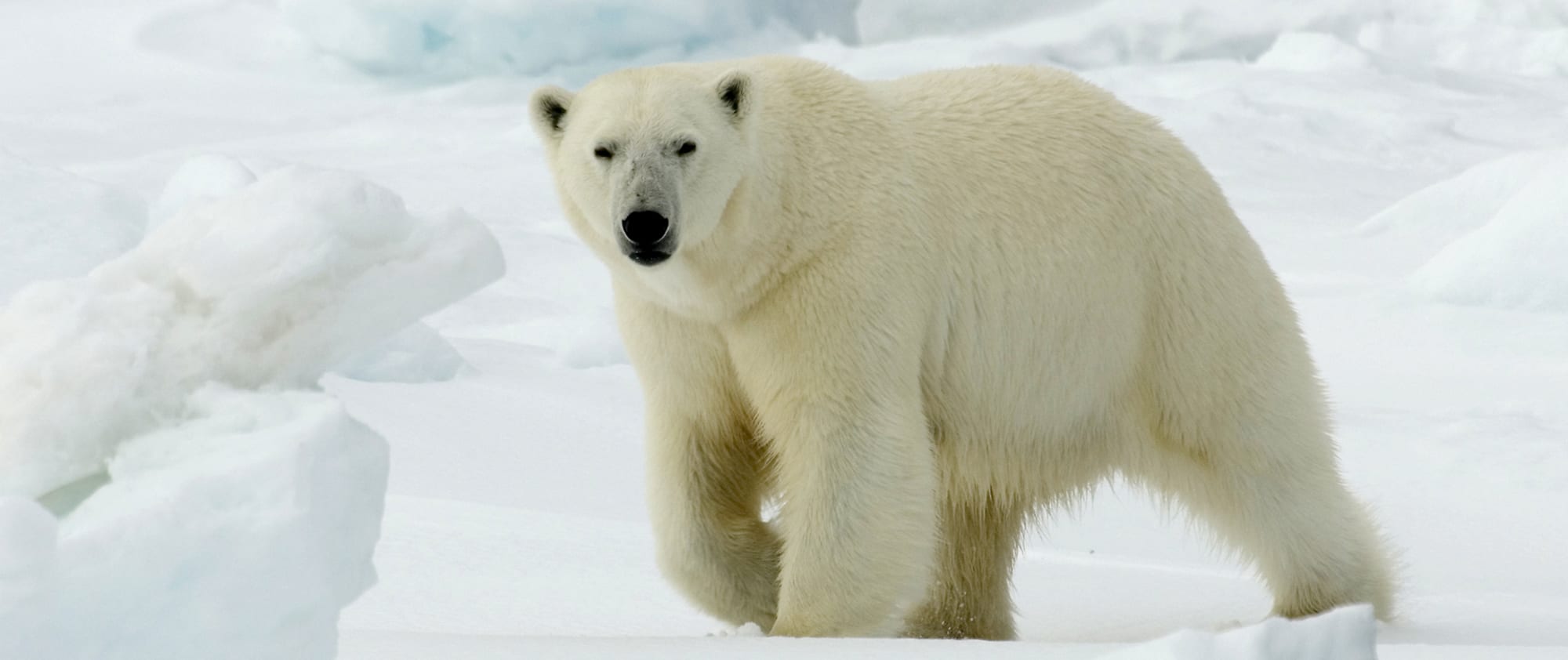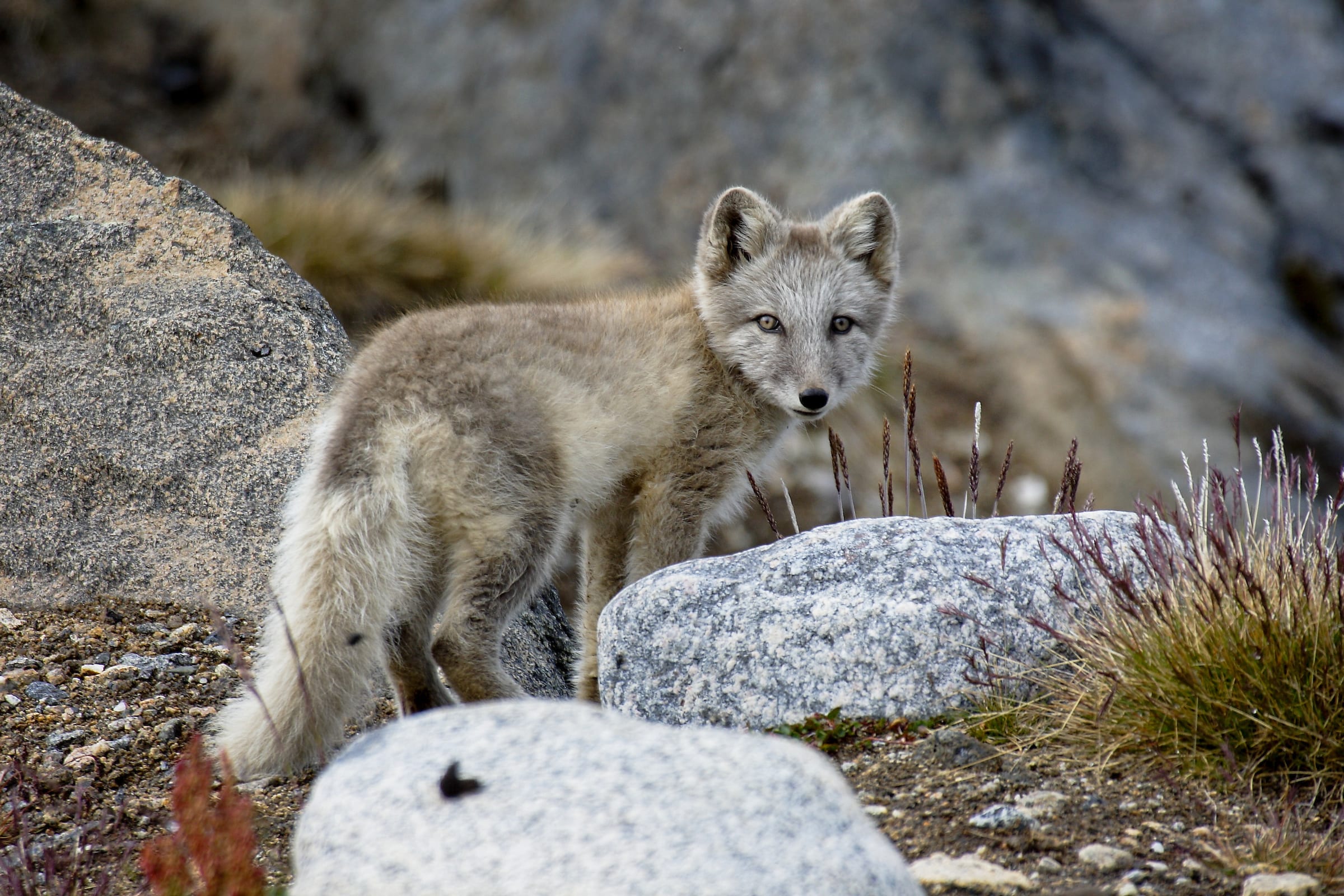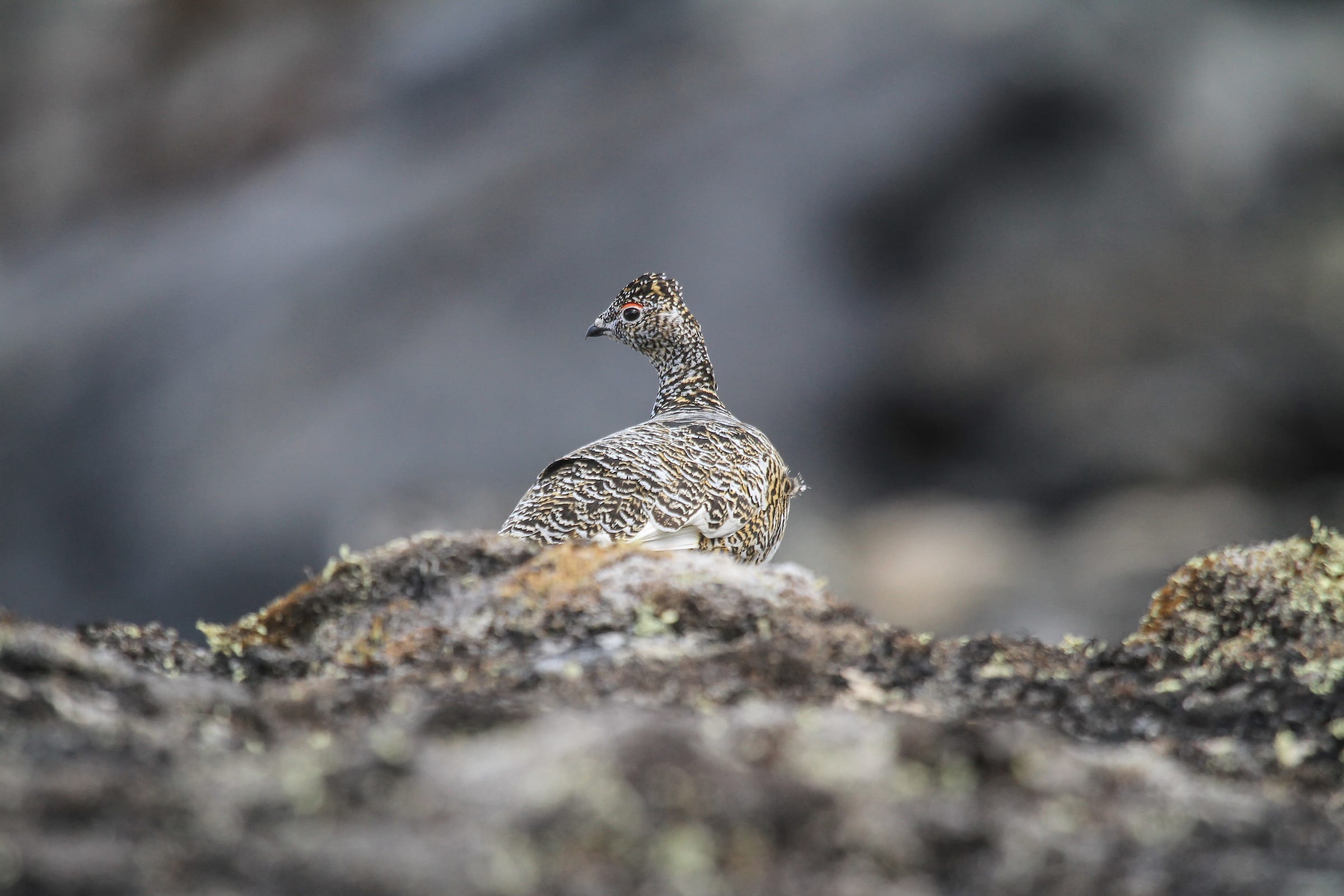In Greenland, the musk ox is probably one of the best-known animals. Looking at this big animal and considering their name, one would think they were a type of ox. However, they are more closely related to sheep and goats. They ox is very hardy and very good at adapting to harsh living conditions.
The musk ox is one of the most popular animals in Greenland. You will often see them when you visit Kangerlussuaq, where you can go on a photos safari in the terrain outside the settlement.
Musk oxen thrive in Greenland
There is rich wildlife in the area around Kangerlussuaq, where the musk ox is among the most popular animals to look for. The scientific name of the musk ox is Ovibos Moschatus. In Greenlandic, their name is Umimmak, meaning “the long-bearded.” The musk oxen you see in the area around Kangerlussuaq originally come from the population in northeast Greenland.
In the 1960s, 27 musk oxen were transported to West Greenland by ship via Iceland, as this was seen as a good place for them to thrive. They were taken from their original grazing grounds in Northeast Greenland and sailed to Iceland, where they stayed for the winter. The following summer, they were sailed to Kangerlussuaq.
The move has been a huge success as the population has increased to several thousand animals over the years in this area alone. In northeast Greenland, the musk ox usually gets a calf every two years but, in West Greenland, they usually get two calves each year. They thrive very well in an area with much more grazing possibilities.
What does a musk ox look like?
The musk oxen have large horns and a long brown and gray coat. When spring comes, the winter coat is replaced, and you can sometimes see the musk ox with lumps of fur hanging from behind it. This is also seen with the sheep in South Greenland.
How big are the musk ox?
Musk oxen usually weigh 300-400 kilos, but some of them weigh up to half a ton. They are the smaller cousin of North America’s bison oxen.
The musk oxen in the Greenlandic nature
The musk ox is found in several places in the Greenlandic nature, and your guide will certainly tell you if you see some on your way. You have to be careful, though, because sometimes the animals come close and they are still wild animals. They may look clumsy, but they are very agile. They can run very fast. Make sure you are at least 30-40 meters away from them if they feel threatened and run in your direction. This rarely happens but better be safe and stay close to your vehicle.
Other animals in Greenland

The polar bear
The polar bear is the largest bear in the world. Their fur gets its white color from hollow hair which is completely transparent. It keeps them warm and dry in the cold Arctic weather.
Read story
The Arctic Fox
The Arctic foxes have small, handsome faces and large personalities. There is two subspecies, the blue, and the white Arctic fox, which are both widespread in Greenland.
Read story
The birds of Greenland
Greenland is home to large majestic birds such as eagles, but also smaller birds like sparrows. A very impressive sight is the large breeding grounds of the birds on the coasts of Greenland.
Read story